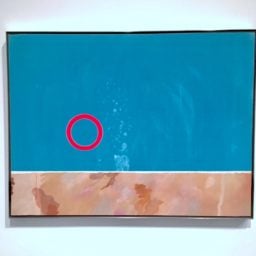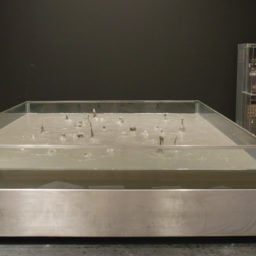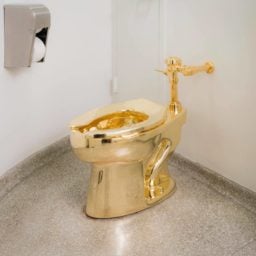Watch your back, Louvre. Beijing’s National Museum of China drew a record 8,063,000 visitors last year, rapidly ascending the list of the world’s most attended museums. In fact, it leapfrogged over the Metropolitan Museum of Art in New York, the Vatican Museums in Vatican City, and the British Museum in London, according to the Art Newspaper‘s annual survey of museum attendance.
The massive institution in Tiananmen Square was second only to the Louvre in Paris, which—just barely—remained the most popular museum in the world, with 8.1 million visitors in 2017. The French museum is continuing to recover from a dip in visitors caused by the terror attacks in Paris in 2015.
Other takeaways from the TAN survey, which was published online today, are below.
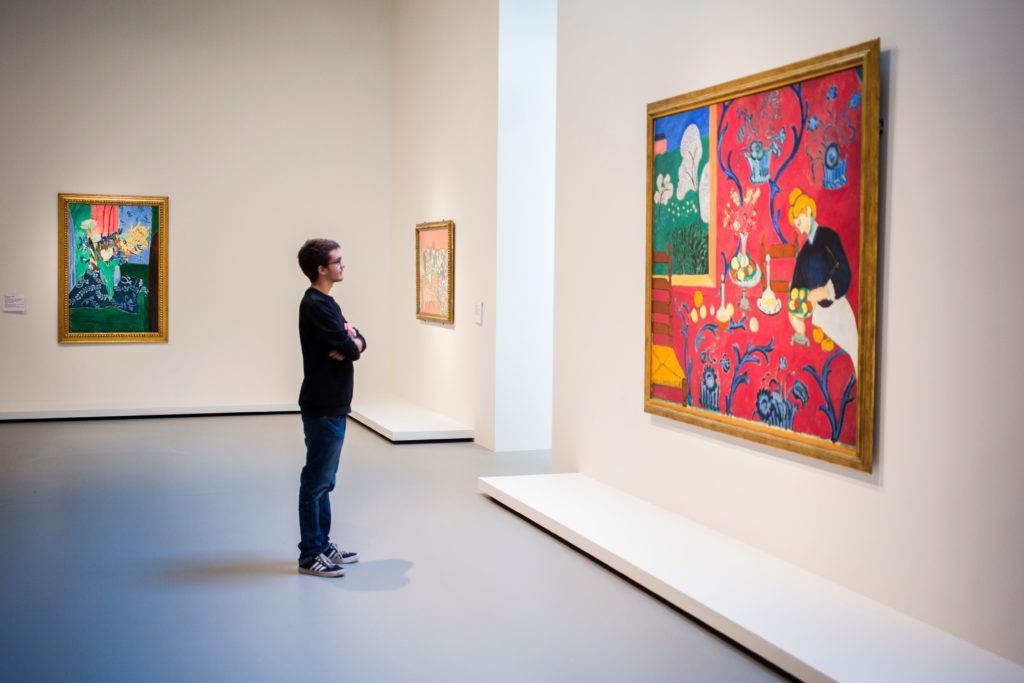
Works from the Russian collector Sergei Shchukin drew unprecedented crowds to the Vuitton Foundation in Paris. (MARTIN BUREAU/AFP/Getty Images)
Modern Masters Draw Droves in Paris
A staggering 1.2 million people flocked to the Fondation Louis Vuitton in Paris to see Impressionist and Modern works from the collection of Russian textile merchant Sergei Shchukin, whose appetite for radical art at the turn of the 20th century was matched only by Gertrude Stein.
The show, “Icons of Modern Art: the Shchukin Collection,” was the first comprehensive presentation of the collection since it was nationalized by the Bolsheviks in 1918 and later dispersed across the State Hermitage Museum in St Petersburg and the Pushkin State Museum of Fine Arts in Moscow. The exhibition’s success will inevitably leave American museum directors wondering what kind of feats they could pull off if US-Russian relations improve and loans between the two countries resume.
But according to The Art Newspaper‘s survey—which ranks exhibitions by the number of daily visitors, rather than the number of total visitors—the most popular show of 2017 was held in Tokyo, not Paris. The first major retrospective of the 13th-century Japanese artist Unkei drew around 11,300 visitors a day to the Tokyo National Museum last year, beating out the Vuitton Foundation’s daily average of 8,926.

American, a fully functioning gold toilet by Italian artist Maurizio Cattelan, at the Guggenheim Museum in New York on September 15, 2016. Photo by William Edwards/AFP/Getty Images.
Cattelan’s Golden Toilet Is a Hit
The White House may want to reconsider its decision to decline curator Nancy Spector’s offer to send Maurizio Cattelan’s solid-gold toilet to Washington, DC. One might argue it is the world’s most popular interactive sculpture. New York’s Solomon R. Guggenheim Museum estimates that around 3,000 people a day viewed (or, ahem, used) Maurizio Cattelan’s America (2016), which is located in one of its Frank Lloyd Wright-designed bathrooms. This is particularly significant considering that only one person can interact with the work at any given time.
Nevertheless, the sculpture’s true popularity is, in a way, challenging to measure. “It is difficult to gauge how many people just go to the toilet or to see the work,” says Jose da Silva of The Art Newspaper. The Guggenheim generated its estimate based on its average daily attendance and total annual attendance of around 929,000 visitors.
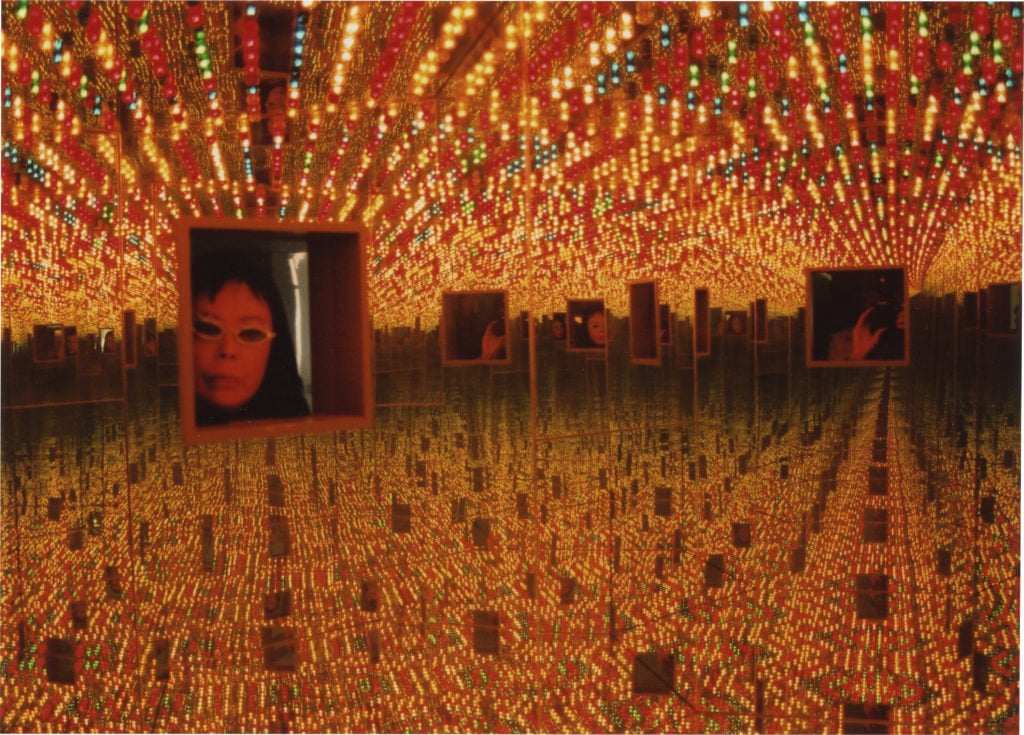
Yayoi Kusama, Infinity Mirrored Room-Love Forever, (1966/1994). Installation view, YAYOI KUSAMA, Le Consortium, Dijon, France, 2000. Image © Yayoi Kusama. Courtesy of David Zwirner, New York; Ota Fine Arts,Tokyo/Singapore/Shanghai; Victoria Miro, London; YAYOI KUSAMA Inc.
Top Shows From New York to London
Thankfully, people go to museums to see more than just the restroom. The best-attended temporary exhibition in New York last year, by far, was the Museum of Modern Art’s survey of the American maverick artist Robert Rauschenberg. The show, which also included work by Rauschenberg’s friends and contemporaries, attracted around 5,500 visitors a day, four times as many as it did at Tate Modern, where the show opened.
But few can match the magnetic power of Kusama. The Hirshhorn Museum in Washington, DC, experienced this firsthand when its survey of the artist’s wildly popular Infinity Rooms helped boost attendance from 659,000 to 1.1 million visitors. (Perhaps surprisingly, the museum’s most-visited exhibition was not the Kusama show, which had a strict daily cap, but its presentation of Yoko Ono’s Wish Tree. The interactive work drew 3,000 daily visitors.)
Meanwhile, in London, change was afoot. For the first time, Tate Britain’s box office eclipsed that of Tate Modern. The former institution experienced a 60 percent uptick in visitors, thanks in part to its popular retrospective of the UK painter David Hockney (which drew around 4,300 visitors a day). The show beat out Damien Hirst’s 2012 survey at Tate Modern to become the museum group’s most popular ticketed exhibition by a living artist.
Up river at Tate Modern, neither Giacometti (whose exhibition drew 1,700 visitors per day) nor Rauschenberg (1,460 visitors per day) came close to rivaling Hockney. In fact, Tate Modern’s overall attendance dipped slightly this year, to 5.65 million, even though its new wing is complete and its collection is more global than ever.






